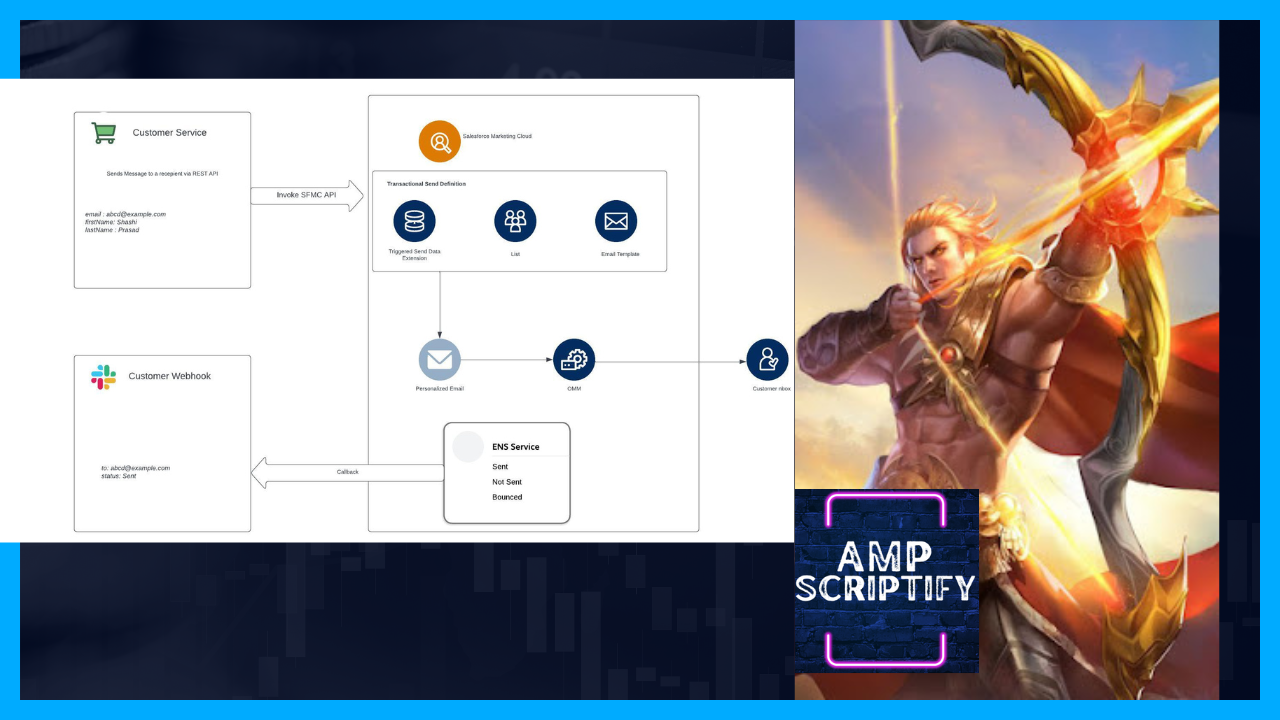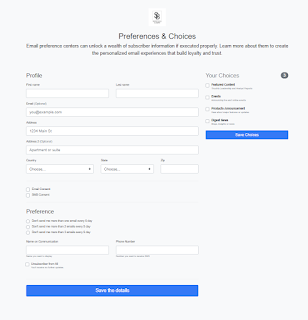WHY SHOULD WE CONFIGURE REPLY MAIL MANAGMENT
It should be configured because it manages replies. If someone want to opt-out from the communication, as per law , it has to be honored. If customer needs help with respect to product information or support for the product, we should be at their disposal to address their queries and concerns.
Reply Mail Management not only send a auto-response , it also forwards the message from customer to the concern department for personal reviews.
How to configure RMM?
Raise a salesforce ticket to enable RMM, the provisioning team would require your account executive permissions and DNS to make entries to MX records. Either you can use SAP Domain or Private Domain for RMM.
Here is the link - https://help.salesforce.com/s/articleView?id=sf.mc_es_reply_mail_management.htm&type=5
1. Reply domain has to be either SAP domain or Private domain
2. Reply email address has to be a verified email address with domain from SAP or private
3. DNS may change based on ISP and you can request for the change.
4. Filter RMM, what actions you want to accomplish
5. If you want to configure a custom templates of auto-replies or use default email
6. Whom you want to route the replies from subscriber.
Now, at step 5 , if you want to configure a custom email for auto-replies.
7. You have to design the email.
8. Create a trigger send definition with the above email
9. You have to create a sender profile for RMM with name and address information
10. Configure custom RMM, use step 1 and 3 info for RMM name and email address
11. Select Auto reply, reply trigger send and select step 8 trigger send definition
If you opt for step 7 till 11, the default config (1 to 6) except filters will be overridden by the sender profile you created at step 9
The first 3 are the configuration part (one-time from SF for enablement) , once the RMM is enabled you can go to the setup and change/edit as per the needs. For changing the config they should not charge you, the edits are open for Admins, you can always change and save the config.
QUESTION :
How does the Reply Filtering work in Marketing Cloud when the replies are not received in English? Does Marketing Cloud automatically do the translations or is that something we would need to set up. For example if a subscriber replies 'darse de baja' for Spanish or 'se désabonner' in French, will that subscriber be unsubscribed?
ANSWER :
If you want to handle unsubscribe request when someone replies to the email in French/Spanish/Chinese etc., you need to create a custom keyword at the enterprise level and also create a rule.
All such request will be handled at Enterprise level only. Here is the article :
https://help.salesforce.com/s/articleView?id=sf.mc_es_create_keyword_list.htm&type=5
https://help.salesforce.com/s/articleView?id=sf.mc_es_create_rule.htm&type=5&language=en_US








Comments
Post a Comment